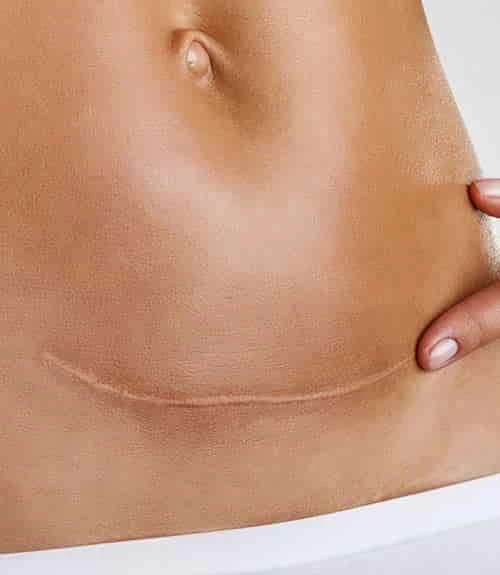Cesarean section, commonly referred to as C-section, is a surgical procedure performed to deliver a baby through an incision in the mother's abdominal wall and uterus. While this procedure is often necessary for the health and safety of both the mother and the baby, it leaves behind a lasting reminder in the form of a C-section scar.These scars typically appear as a horizontal line just above the pubic area, although vertical and T-shaped variations can occur.C Section scars are a natural consequence of the surgical intervention and their appearance can vary from person to person. Understanding how C-section scars are formed is crucial for expectant mothers and those recovering from this procedure.
With proper surgical techniques, postoperative care, and scar management strategies, C-section scars can be minimized and serve as a testament to the strength and resilience of mothers worldwide.
Surgical scar revision is a common choice for improving the appearance and comfort of C-section scars. During this procedure, a plastic surgeon or dermatologist carefully removes the old scar tissue and sutures the wound using advanced techniques. The result is a finer, less noticeable scar.
Laser therapy is a non-invasive approach that uses high-intensity light to resurface the scar tissue. This treatment can reduce scar redness, thickness, and texture irregularities. Multiple sessions may be necessary for the best results.
Micro-needling, also known as collagen induction therapy, involves the use of fine needles to create micro-injuries in the skin, stimulating collagen production and promoting scar remodeling. This technique can improve the texture and appearance of C-section scars.
Over-the-counter and prescription scar creams or gels containing ingredients like silicone, vitamin E, and aloe vera can be effective in reducing the visibility of scars. These products should be applied regularly as directed.
For best C section scars revision treatment in Hyderabad, visit Inform Clinics and consult Dr. Keerthana Kalva. Here, treatments are also customized according to an individual needs and to achieve the optimum results.
Create your perfect image!
Treat yourself with great service!
© Copyright 2019-2026, Inform Clinics | All Rights Reserved.
